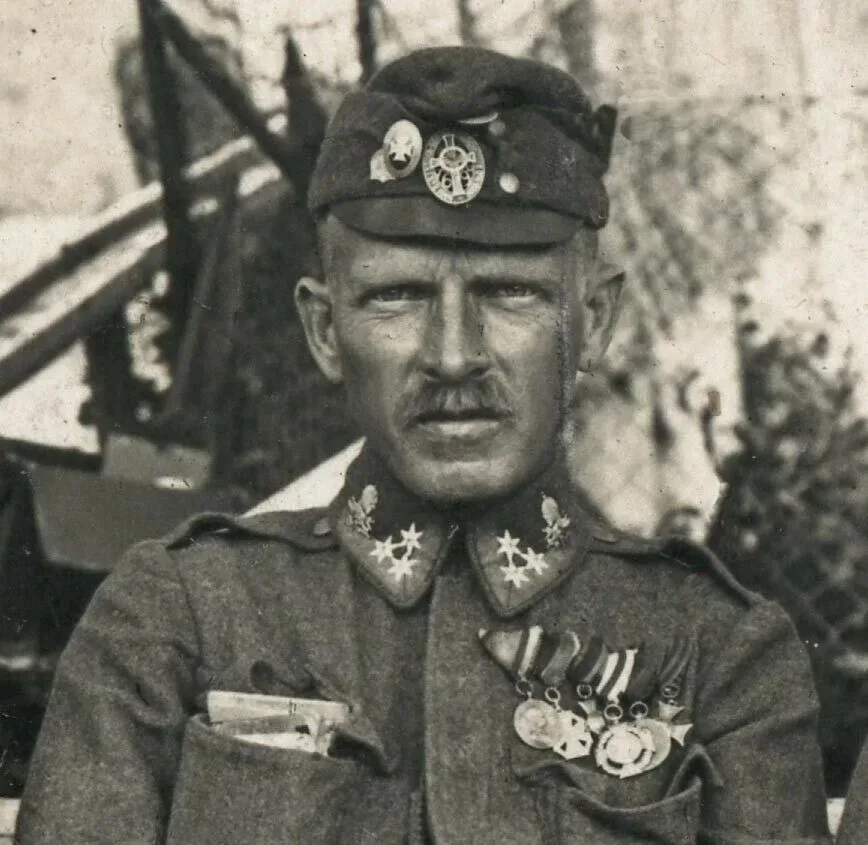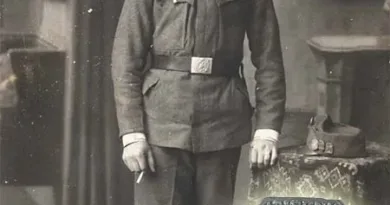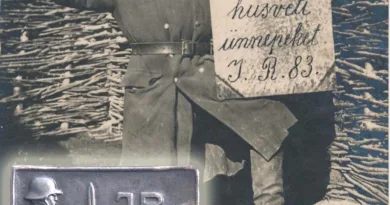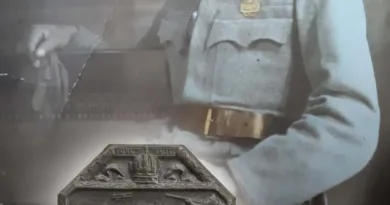The thousand-yard stare
As a result of the horrors and physical fatigue seen in the wars, the soldiers ’eyes become expressionless and deconcentrated. The term “thousand-yard stare” describing this was not coined during the Great War. It was first used as a title for a portrait of an American soldier in 1945 by the Life magazine. But we also see a multitude of soldier portraits with similar eyes from the time of the other world burning. To me, these photos are even more shocking than images of victims, corpses, or destruction. These images document the destruction of the soul. There are many novels about this process, at the end of which a man who once had emotions becomes a vibrating-faced killing machine. He himself is a victim. Other books and descriptions report on a state of mind today called post-traumatic stress, which causes integration problems for soldiers returning from the ordeal of war. Therefore, the lucky survivor is a victim as well.
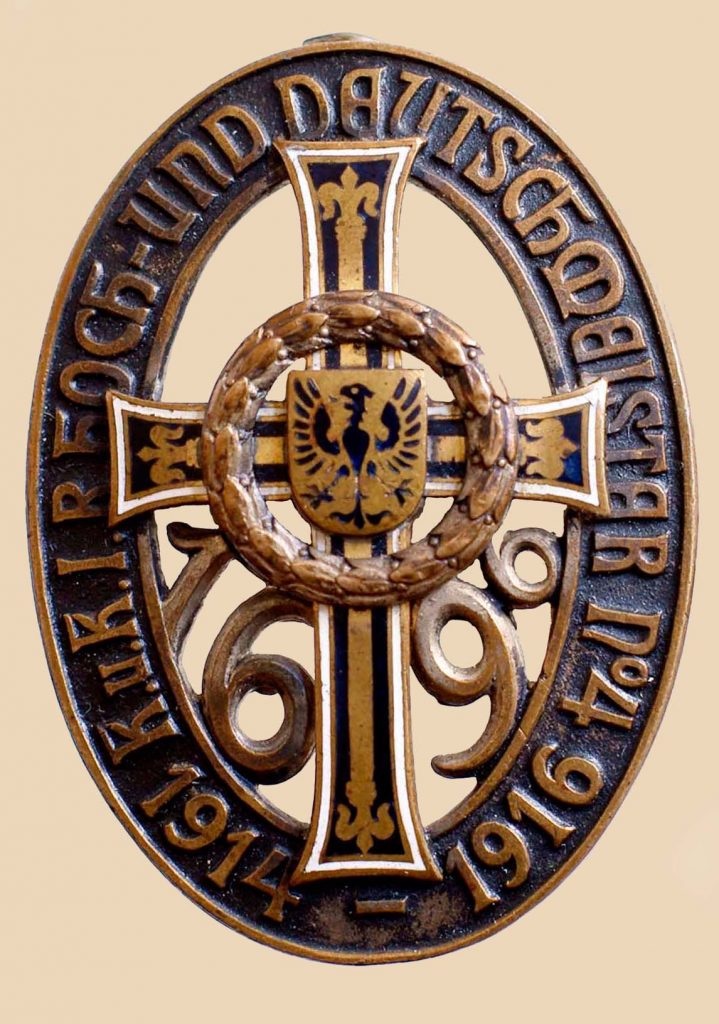
In the attached image we see a machine gun sergeant with such a tormented, faded-look. He can be a tried and tested, professional non-commissioned officer, as he also wears the honors he received before the Great War on his chest. The Karl troops’ cross award shows that the picture was taken in the summer of 1917 or even later. He wears the badge of the 4th KuK Infantry Regiment on his cap. Further information about the unit and badge can be found here. Although a professional soldier, the horrors of the war wore him in the same way as the regular, civilian-occupied staff.

